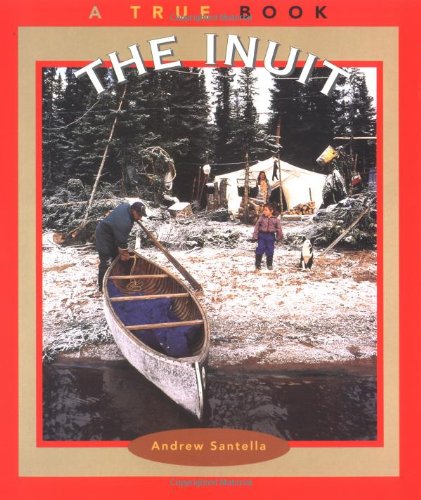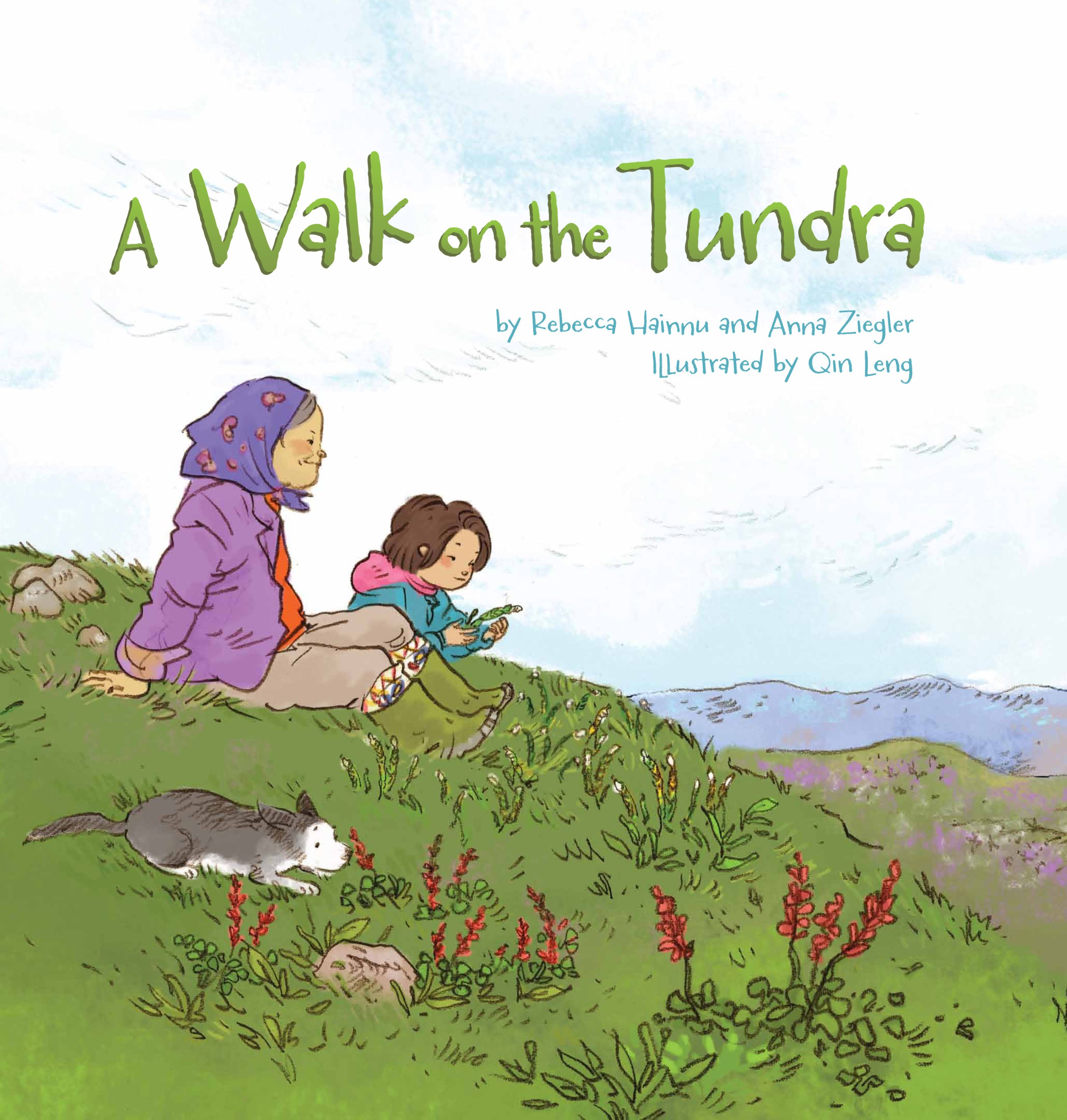I've been thinking about how to teach Canadian history lately. I have a wonderful living book to use this year for narration (The Story of Canada by E.L. Marsh), but it does not have much on the native peoples of Canada. I decided to see what resources my library might have, and chose the Inuit (formerly often known as Eskimos) to begin with. I was hoping to find a living book I could read aloud for narration for my Year 2 student. I didn't find what I was looking for, but I did find some worthwhile resources on Inuit life today for my young children.
The first was The Inuit by Andrew Santella. This book was ideal for my 7-year-old son to read on his own. SA(7) loves facts, and delights in reading nonfiction books and telling me all about them afterwards. Sometimes he holds it in until something triggers him weeks later, and then all kinds of knowledge comes pouring out (often in the very words of the book he read all those weeks ago.). Narration can be a very natural thing, and I am always delighted to hear what he has learned on his own.
I notice on Andrew Santella's website that he has written many nonfiction books for children. Many are on topics of United States history, but in this case this book was good for Canadian history as well. My library also has books he wrote on Jacques Cartier and Sieur de La Salle, and I will be checking them out soon.
A Walk on the Tundra by Rebecca Hainnu and Anna Ziegler is a delightful picture book that highlights many plants of the Arctic and how the Inuit use them. Inuujaq, a young girl, takes a walk with her grandmother on the Arctic tundra to find Qijuktaat (Arctic White Heather) for her cooking fire. On the way, they discover many other plants for food, medicine, tea, and other uses.
The illustrations by Qin Leng show the beauty of an Arctic summer and give a small glimpse into Inuit life today.
A smart reader would have noticed the glossary at the back with pronunciations for the many Inuktitut words in this book. I stumbled through on my own the first time and it wasn't easy.
There is also a plant glossary with photographs. We were especially delighted with a small connection of our own. Soon after we first read this book, we discovered our very own edible plant beside our house: Yellow Wood Sorrel. I don't think it is from the same family as the Mountain Sorrel in the book, but it also has a sweet/tangy taste and heart-shaped leaves.
Two other books suitable for children a bit older than my 7-year-old were Life in the Far North by Bobbie Kalman and Rebecca Sjonger and The Inuit Thought of It: Amazing Arctic Innovations by Alootook Ipellie and David MacDonald. I would not call either of them "living books"...they are too fact-based and fragmented for that. Still, they are fascinating resources for a child who has an interest in this topic.
Finally, I must mention a wonderful living book I stumbled across for adults (or high school students) who are interested in the Arctic. A Schoolteacher in Old Alaska: The Story of Hannah Breece is a memoir (edited and expanded on by her great-niece Jane Jacobs) of a middle-aged woman who went to Alaska in 1904 to teach native children. While this is properly American, not Canadian, history, I would like to revisit this book when my children are high school age, whether as a family read-aloud at that time, or as a school book (depending on their interest).


